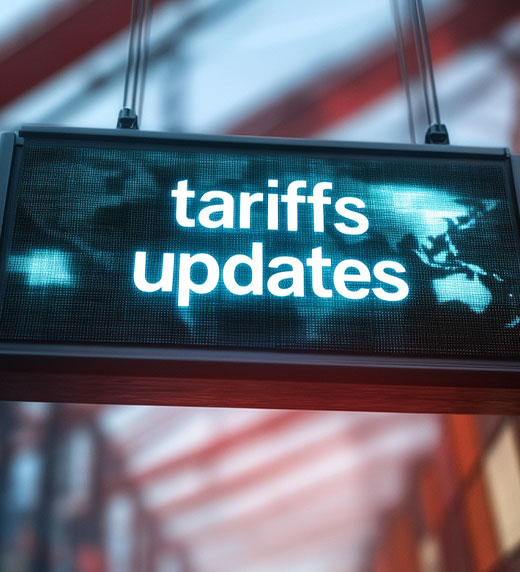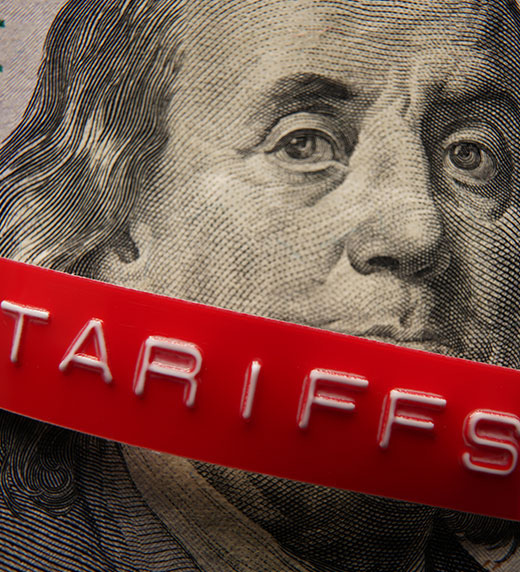Updated August 17, 2022
COVID-19 has significantly impacted U.S. employers, employees and former employees, and as part of recent regulatory updates, the federal government has been working overtime on plans to provide aid to both employers and workers.
American Rescue Plan Act of 2021 Summary
On March 11, 2021, President Biden signed into law his first legislative act related to the COVID-19 crisis, the 590-page American Rescue Plan Act of 2021 (ARPA). Also called the American Rescue Plan, this is a $1.9 trillion economic stimulus bill passed by the 117th United States Congress to speed up the United States' recovery from the economic and health effects of the COVID-19 pandemic and the ongoing recession. First proposed on January 14, 2021, the package builds upon many of the measures in the CARES Act from March 2020 and in the Consolidated Appropriations Act, 2021 from December.
The ARPA contains a number of components, one of which is a subsidy for former employees falling under the Consolidated Omnibus Budget Reconciliation Act (COBRA). This component requires immediate action by employers who have 20 or more employees.
American Rescue Plan Act of 2021 Eligibility
Americans meeting the following eligibility requirements will receive a $1,400 payment:
- Earn less than $75,000 annually
- Earn up to $112,500 as a heads of households
- Couples filing jointly who earn up to $150,000 ($2,800 total, or $1,400 per person)
Additionally, households may receive an additional $1,400 for each qualifying dependent, including college students, older adult dependents, and individuals of all ages with disabilities.
Reduced payments are available for those filers who earn beyond these income thresholds, and individual incomes exceeding $80,000 annually ($160,000 for a couple filing jointly) are not eligible.
Other taxpayers generally eligible for these stimulus checks include gig economy workers, self-employed individuals and Americans on unemployment, disability, Social Security or other federal aid, provided they filed federal income taxes in 2020 or 2019 and meet the income thresholds.
ARPA Government and Nonprofit Funding
The ARPA has allocated $350 billion to state and local governments, with the local funding of approximately $130 billion being divided equally between cities and counties. The new law provides extensive funding to state and local governments to give them the opportunity to rebuild lost reserves and regain financial stability, make strategic investments in long-lived assets and cover temporary operating shortfalls.
ARPA expenditure guidelines are more flexible than guidelines were under the CARES Act. This creates a unique opportunity for nonprofits to partner with local government to achieve mutual goals.
Who Gets the Funds?
- States and District of Columbia
- Counties
- Metropolitan cities
- Tribal governments
- Territories
- Non-entitlement units of local government
How Can the Funds Be Used?
- Supporting public health expenditures
- Replacing lost revenue from the pandemic that would have been used to provide government services
- Supporting the communities and populations disproportionately impacted by the COVID-19 crisis
- Support for households, small businesses and impacted industries and workers
- Investing in water, sewer and broadband infrastructure
What Is the Timeline for Spending and Receiving Funds?
- Most government entities should have received 50% of their funding around July 2021, with the remainder to be paid out 12 months later.
- Funds do not have to be committed until December 31, 2024, which gives governments plenty of time to think through the best way to spend their funds.
- Any funds not used by December 31, 2026, must be returned.
How Nonprofits Can Help in the Deployment of Recovery Funds
- Nonprofits and governments serve the same people in their communities, making them natural partners.
- Nonprofits have a deep understanding of community needs and meaningful relationships with those they serve, particularly among underserved populations. Government can work within existing systems and programs to distribute funds where they are most needed instead of trying to reinvent the wheel, using up precious resources. For example, there are likely existing nonprofits in each community that offer after-school programs, housing assistance, mental health services, legal aid and more. These nonprofits are perfectly situated to deploy funds quickly and efficiently throughout the community.
- Nonprofits are used to measuring and reporting on their impact on the community for donors and board members and can be of great assistance to government partners in meeting the compliance requirements of the ARPA.
- To identify what partnership opportunities might be available, reach out directly to your local government officials to discuss their strategy and timeline.
Critical Steps for Managing Your ARPA Funds
Developing a prudent management strategy for your ARPA funds is crucial. To ensure that your funds are appropriately distributed and monitored, we recommend taking the following steps:
- Coordinate with the State
- Organize a task force to coordinate local needs, resources and messaging
- Identify compliance and reporting requirements
- Develop processes to identify and track:
- Compliance requirements
- Reporting requirements
- Revenue replacement to mitigate the loss in revenue for COVID-19-related government services
- Investments in sewage, water and broadband infrastructure
- Premium pay for essential workers
- COVID-19 expenditures
- Funds used for economic recovery
- Build internal controls into each process to ensure compliance and to prevent and detect any potential errors, fraud, waste and abuse
- Identify and track eligible uses of ARPA funds
- Monitor to ensure compliance and prevent and detect errors, fraud, waste or abuse
Funds allocated to states cannot be used to directly or indirectly offset tax reductions or delay a tax or tax increase. Additionally, funds cannot be deposited into any pension fund and must be spent by the end of the calendar year in 2024.
Other Considerations to Keep in Mind
Though valuable and far-reaching, the relief funds provided by the ARPA are also accompanied by provisions that can be confusing and complex. Here are some other considerations from the Government Finance Officers Association to keep in mind as you assess the benefits that the ARPA may add to your organization.
- Funding is not recurring. As ARPA funds are non-recurring, they should be used only on one-time expenses when possible. Avoid creating new programs or add-ons that involve ongoing financial commitment. When using the funds to cover deficits, ensure that those deficits are temporary; otherwise, restructure your budget as needed.
- Stay cognizant of funding and partnership opportunities. State and local jurisdictions should be aware of plans for ARPA funding throughout their communities. Local jurisdictions should be aware of state-level ARPA efforts such as potential enhancements of state funding resources and existing or new state law requirements. Partnering with other ARPA recipients in your community and creating cooperative spending plans will help strengthen the financial condition of your local organizations.
- Be thoughtful about how you use your resources. Local governments will receive ARPA funds in two separate portions. Consider how these funds can be most appropriately used to aid rebuilding and recovery efforts through the 2024 spending deadline. Whenever possible, expenditures related to the ARPA funding should be spread over the qualifying period to enhance budgetary and financial stability.
ARPA COBRA Subsidy
Under the ARPA there is a COBRA subsidy available for individuals who lost their employment due to COVID-19 related business reasons. The plan aids those employees who were not able to afford to pay for their medical benefits after losing their jobs. The subsidy window provides for six months of additional time.
ARPA COBRA Subsidy Eligibility
If you are an employer with 20 or more employees, your former employees and their dependents are eligible from April 1, 2021, until September 30, 2021. These former employees and their dependents are called assistance eligible individuals (AEIs).
- Medical and vision plans are eligible but NOT flexible health spending accounts.
- The subsidy applies from April 1, 2021, through September 30, 2021.
- This program is entirely funded by the federal government. An employer can claim a tax credit against the 1.45% employment tax paid for hospital insurance.
- Employers must issue a special notice to individuals and let them know that they are eligible for premium assistance. You can do this in one of two ways:
- Provide the notice to eligible employees within 60 days of the date of enactment (so by June 1, 2021).
- Your COBRA plan sponsors may amend their current COBRA election form OR include a separate document with the notice given to employees.
- Employees who were previously eligible, but did not elect COBRA, can still be eligible. Each individual must be looked at separately, and they may be eligible due to their specific circumstance.
- In order to get the subsidy, former employees will contact you once they receive the notice with their choice to enroll or not to enroll.
- The subsidy ends on September 30, 2021, OR on the last day of the former employee’s 18-month COBRA window if that date falls before September 30, 2021.
Ensuring regulatory compliance will be crucial as businesses navigate the complexities of COVID aid, helping both employers and workers access the support they need. If you have questions or need assistance, contact our experts.



